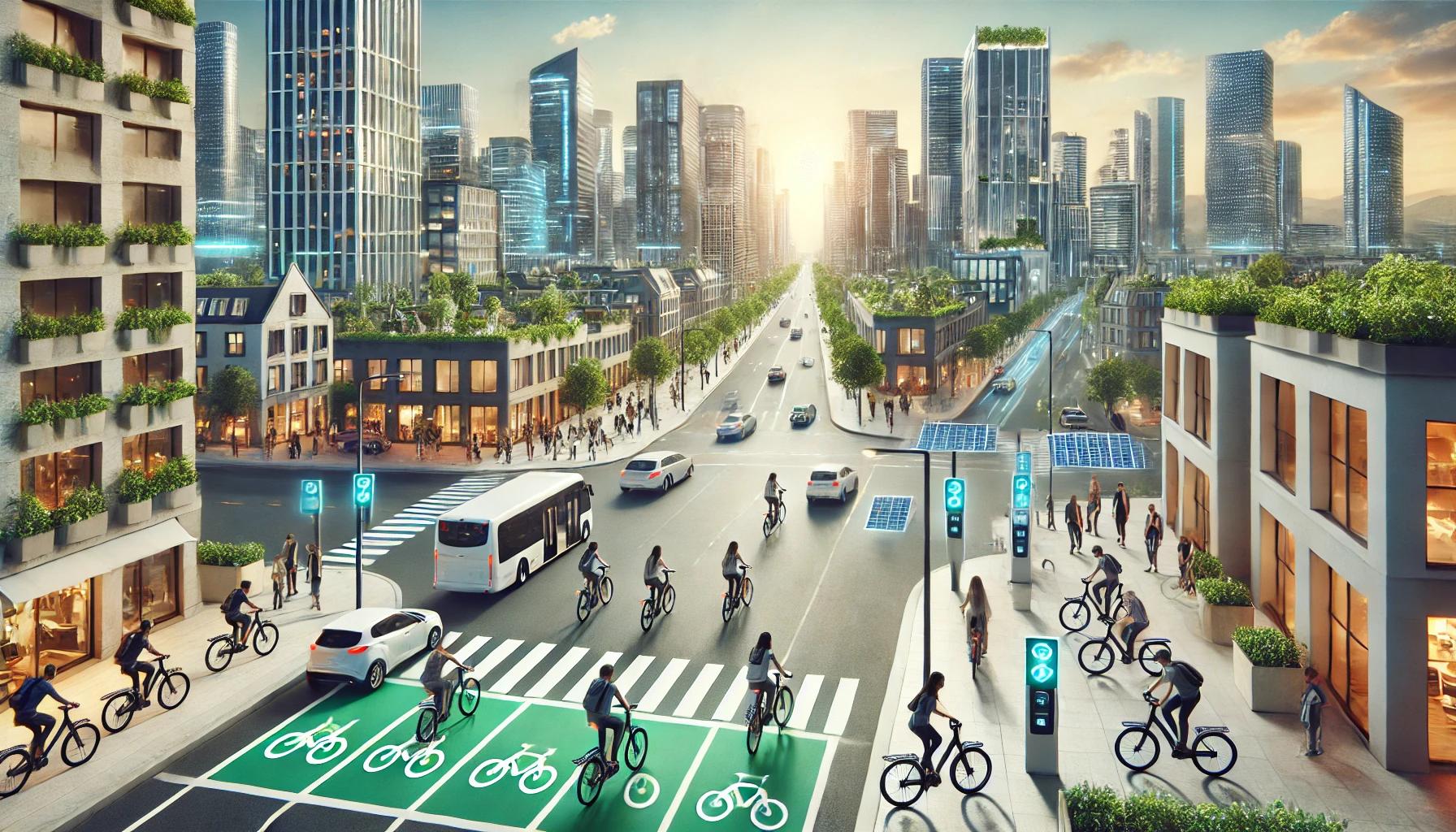Urban transportation is undergoing a quiet but powerful transformation, and at the heart of this change is the electric bike, or e-bike. Once seen as a niche product, e-bikes are now becoming a mainstream solution for city dwellers looking for a smarter, greener, and more efficient way to get around. Let’s dive into how e-bikes are reshaping our cities and why they might just be the future of urban mobility.
The Rise of the E-Bike
E-bikes have surged in popularity in recent years, and it’s not hard to see why. They combine the simplicity of traditional cycling with the added boost of an electric motor, making them accessible to a broader audience. Whether you’re a daily commuter, a student, or someone who just wants to enjoy a leisurely ride without breaking a sweat, e-bikes are proving to be a game-changer.
Tackling Traffic Congestion
One of the biggest challenges in urban areas is traffic congestion. Cars clog up roads, leading to frustrating delays and increased pollution. E-bikes offer a practical alternative. They’re faster than traditional bikes, especially in stop-and-go traffic, and they allow riders to bypass gridlock entirely by using bike lanes and paths. For short to medium-distance trips, e-bikes are often quicker than driving or taking public transport.
A Greener Way to Get Around
As cities worldwide grapple with climate change and air pollution, e-bikes are emerging as a sustainable transportation option. They produce zero emissions and consume far less energy than cars, making them an eco-friendly choice for environmentally conscious commuters. By choosing an e-bike over a car, you’re not just saving time—you’re also helping to reduce your carbon footprint.
Health and Accessibility for All
E-bikes aren’t just good for the planet; they’re good for people, too. While they provide an electric assist, riders still get a workout, especially when pedaling uphill or over longer distances. This makes them an excellent option for those looking to incorporate more physical activity into their daily routines.
Moreover, e-bikes are breaking down barriers to cycling. For older adults, people with physical limitations, or those who live in hilly areas, traditional biking might not be feasible. E-bikes level the playing field, making cycling accessible and enjoyable for everyone.
Cities Are Adapting
The growing popularity of e-bikes is prompting cities to rethink their infrastructure. From dedicated bike lanes to secure parking facilities, urban planners are investing in ways to accommodate this new wave of cyclists. These improvements not only benefit e-bike users but also create a safer and more inviting environment for all cyclists.
Economic Boost
The e-bike boom isn’t just changing how we move—it’s also driving economic growth. The industry is creating jobs, from manufacturing and sales to maintenance and repair services. Local businesses are also benefiting as more people opt for e-bikes over cars, leading to increased foot traffic in urban areas.
The Future of Urban Mobility
E-bikes are more than just a trend; they’re a glimpse into the future of urban transportation. As cities continue to grow and face challenges like traffic congestion, pollution, and the need for sustainable solutions, e-bikes offer a compelling answer. They’re practical, environmentally friendly, and inclusive, making them a key player in the evolution of how we get around.
So, whether you’re considering your first e-bike or you’re already a convert, one thing is clear: the electric bike revolution is here to stay, and it’s changing our cities for the better.


Share:
How to Charge Your E-Bike Safely: Tips for Avoiding Overheating
The Science Behind E-Bike Charging: How Lithium-Ion Batteries Work